Optimal Timing for Window Installations
Choosing the right time for Windows installations can impact the efficiency and success of the process. Factors such as weather conditions, temperature, and system readiness are important considerations for optimal results. Understanding seasonal patterns and environmental factors specific to Ashtabula, Ohio, can help determine the most suitable periods for installation projects.
Spring and fall typically offer moderate temperatures ideal for Windows installations, reducing risks associated with extreme cold or heat.
Temperatures between 40°F and 70°F are generally optimal for installation, ensuring materials and adhesives perform properly.
Scheduling during mild weather months minimizes delays caused by adverse weather conditions common in winter and summer.
Low humidity and stable atmospheric conditions enhance installation quality and longevity of windows.
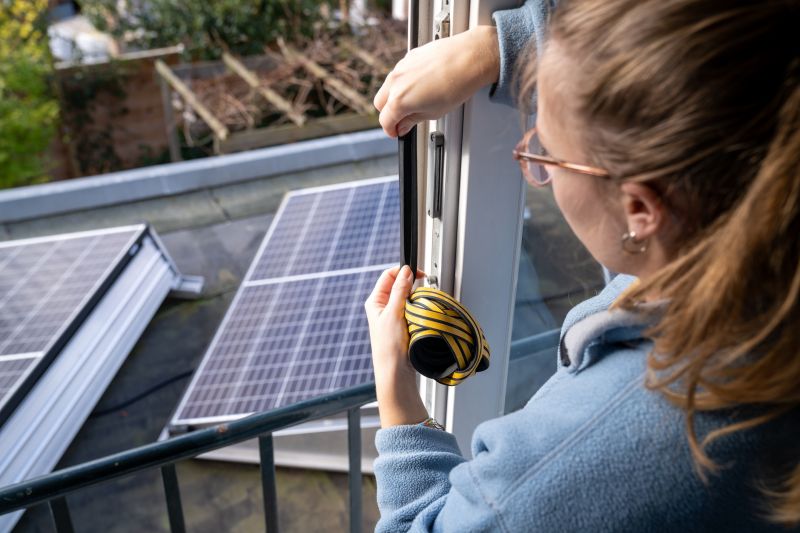
Ideal for moderate weather, ensuring smooth installation processes.
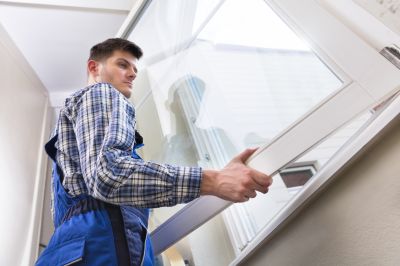
Warm temperatures require precautions against heat-related issues during installation.
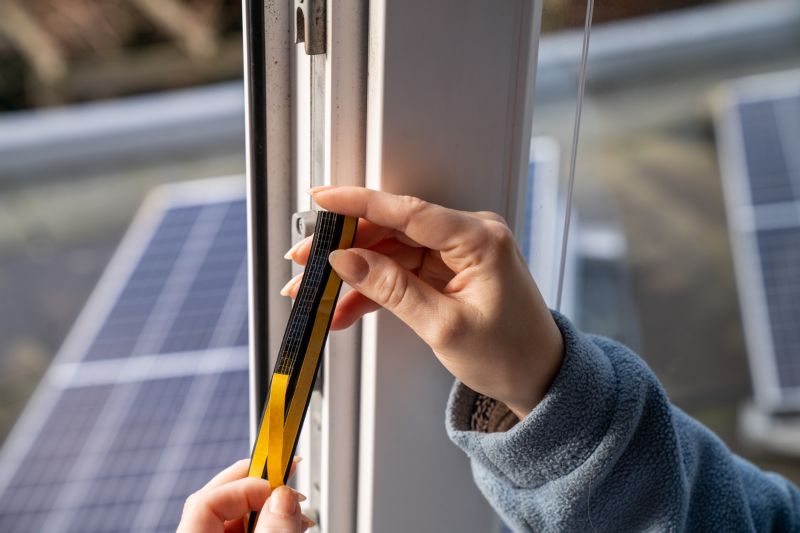
Cooler weather reduces thermal expansion concerns and allows for thorough sealing.
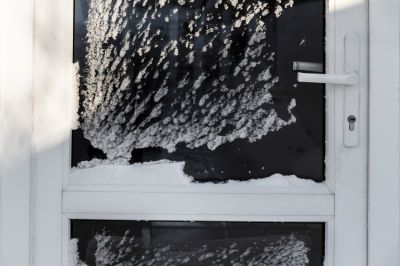
Cold temperatures and snow can delay or complicate installation efforts.
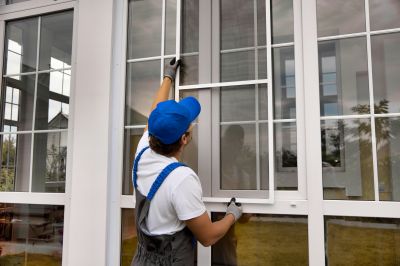
Keeping an eye on forecast patterns helps in scheduling installations effectively.

Materials perform best within specific temperature and humidity ranges.
| Season | Advantages |
|---|---|
| Spring | Moderate temperatures and low humidity facilitate efficient installation. |
| Summer | Longer daylight hours allow for flexible scheduling. |
| Autumn | Cooling weather minimizes thermal expansion issues. |
| Winter | Generally not recommended due to cold and snow conditions. |
Windows installations are most effective when performed under suitable weather conditions that support proper sealing, adhesion, and curing processes. Proper timing reduces the risk of issues such as drafts, leaks, or material failure. In Ashtabula, Ohio, seasonal variations significantly influence the success of installation projects, making careful planning essential to achieve optimal results.
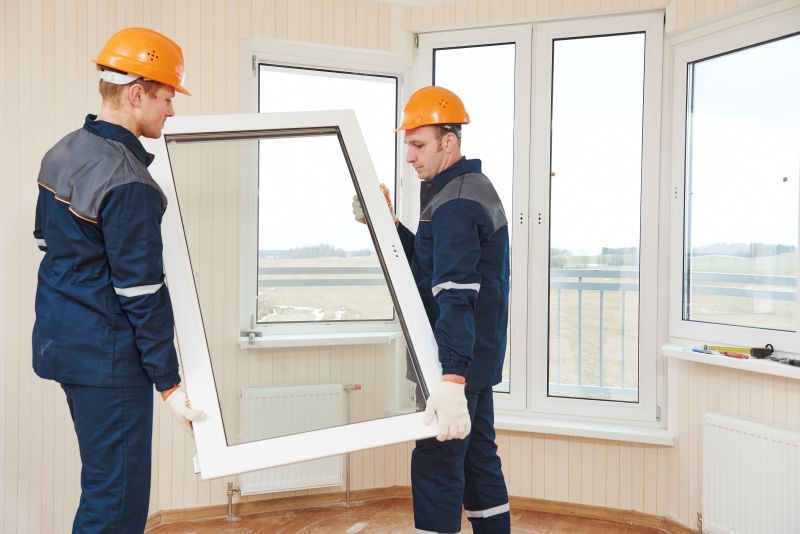
Ensures materials set correctly and reduces delays.

Use of appropriate materials enhances durability during varying seasons.

Scheduling around weather forecasts helps avoid disruptions.
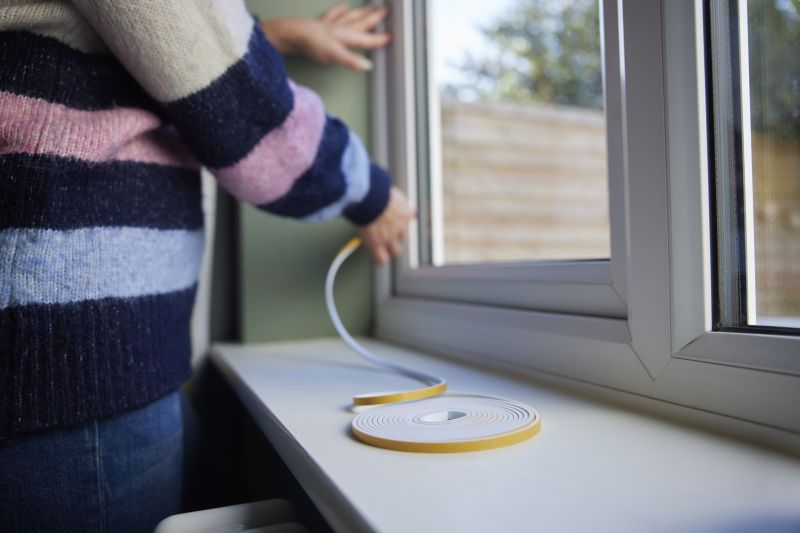
Critical for maintaining energy efficiency and preventing leaks.
Interested parties are encouraged to contact for scheduling consultations or to discuss project timelines. Proper timing ensures quality and longevity of the installation, making it a crucial aspect of the planning process.


